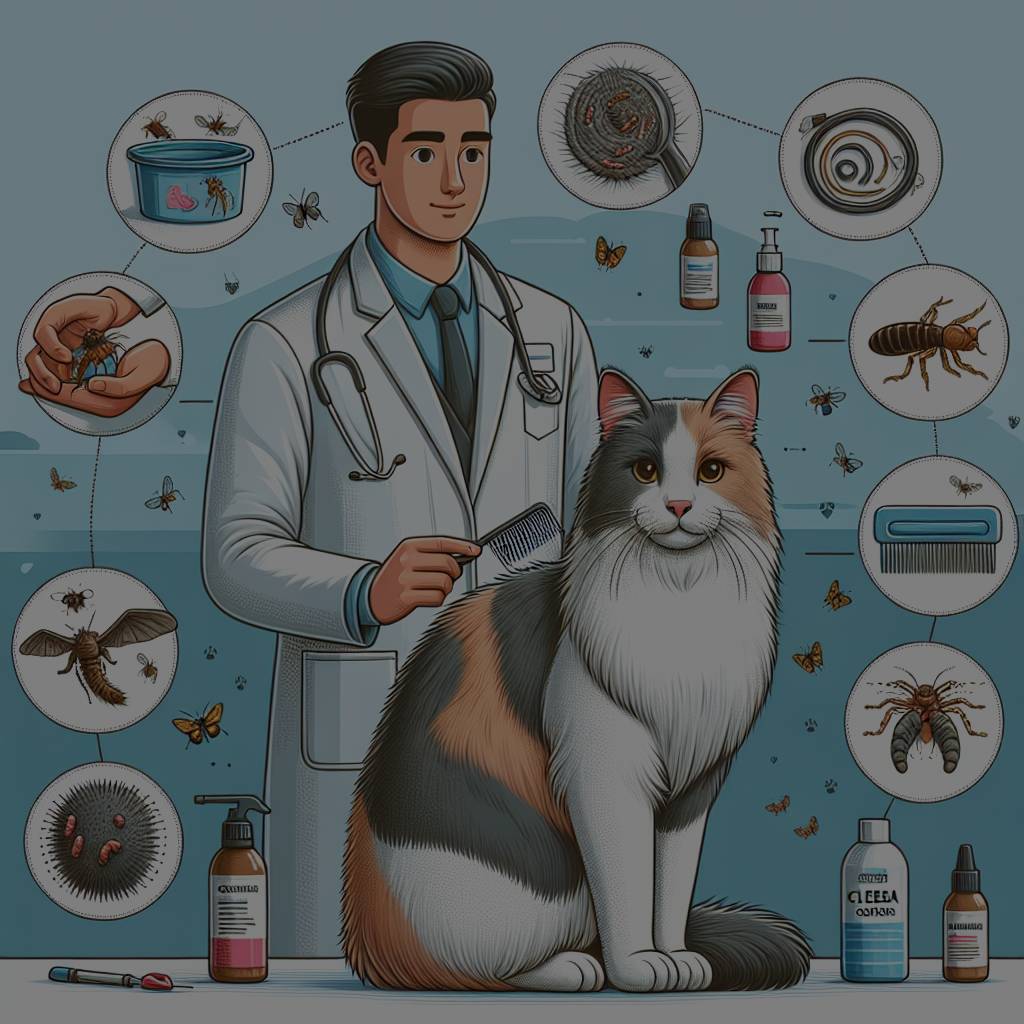
Fleas are a common problem for cat owners, causing discomfort and irritation for their beloved pets. These pesky parasites can quickly infest a cat and spread throughout the home if not addressed promptly. It is essential for cat owners to be knowledgeable about effective methods for eliminating fleas on their furry friends to ensure their well-being and prevent further infestations.
Understanding the Flea Problem on Cats
Fleas are small, wingless insects that feed on the blood of their hosts, including cats. These parasites can quickly multiply and infest a cat, causing symptoms such as itching, scratching, and skin irritation. Fleas can also transmit diseases and parasites to cats, making it crucial to eliminate them promptly. It is essential for cat owners to carefully examine their pets for signs of fleas, such as flea dirt (black specks on the fur), and seek treatment to eradicate the infestation.
Safe and Effective Flea Treatments for Cats
There are several safe and effective flea treatments available for cats to eliminate these pesky parasites. Topical spot-on treatments, oral medications, flea collars, and flea shampoos are commonly used to treat flea infestations on cats. It is essential for cat owners to consult with their veterinarian to determine the most appropriate treatment for their pet based on their age, weight, and health status. It is crucial to follow the instructions provided by the veterinarian or product label carefully to ensure the safety and effectiveness of the treatment.
Preventing Future Flea Infestations in Cats
Preventing future flea infestations in cats is essential to maintain their well-being and prevent the spread of parasites in the home. Regular grooming and inspection of the cat’s fur can help detect fleas early and prevent infestations from occurring. Using flea preventatives, such as monthly spot-on treatments or flea collars, can also help protect cats from future infestations. Additionally, regularly washing bedding, vacuuming carpets, and treating the environment for fleas can help eliminate any eggs or larvae and prevent reinfestations. By implementing these preventative measures, cat owners can ensure a flea-free environment for their pets.
In conclusion, eliminating fleas on cats requires a combination of treatment for the cat and preventative measures for the environment. Understanding the flea problem on cats, using safe and effective flea treatments, and preventing future infestations are essential steps in keeping cats healthy and happy. By being proactive in flea control, cat owners can protect their pets from discomfort and prevent the spread of parasites in their homes. Remember to consult with a veterinarian for guidance on the best flea treatment for your cat and follow their recommendations for a successful flea elimination process.










